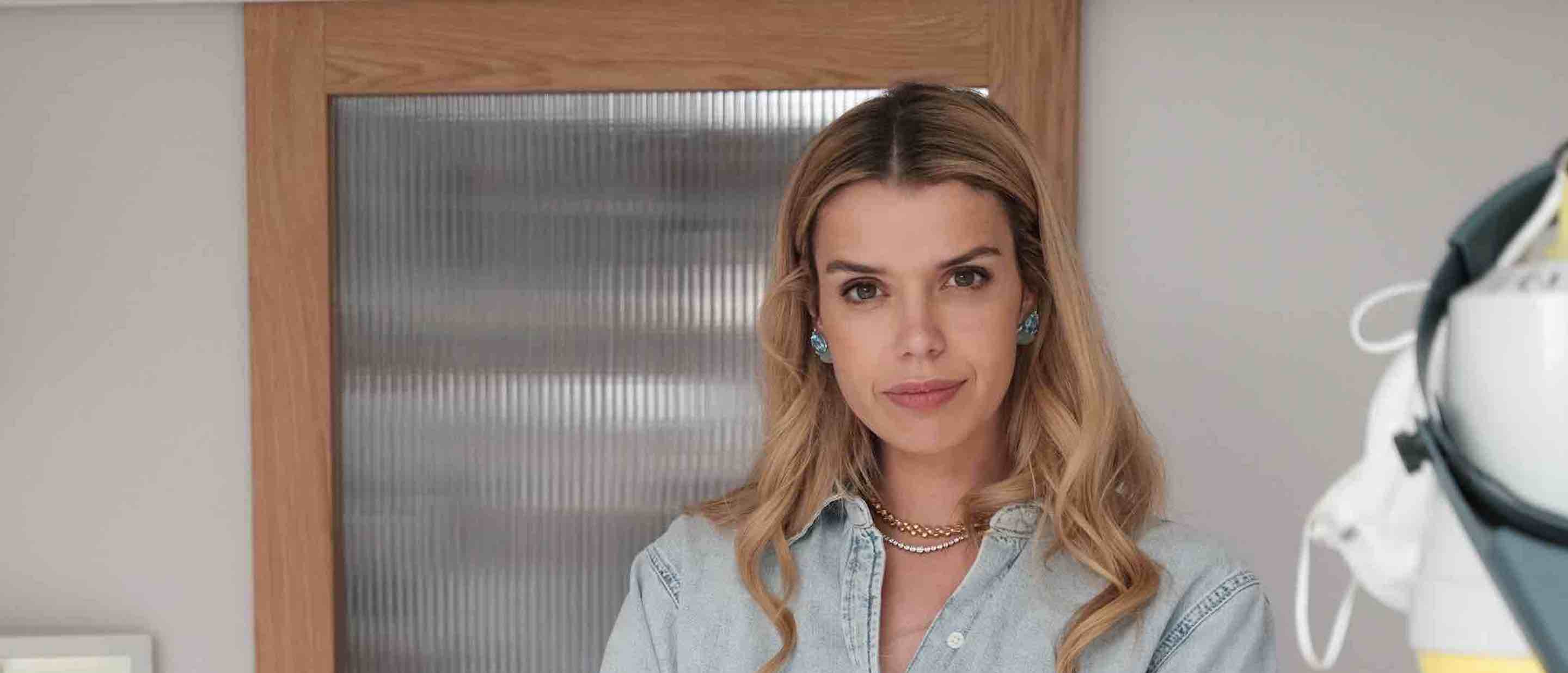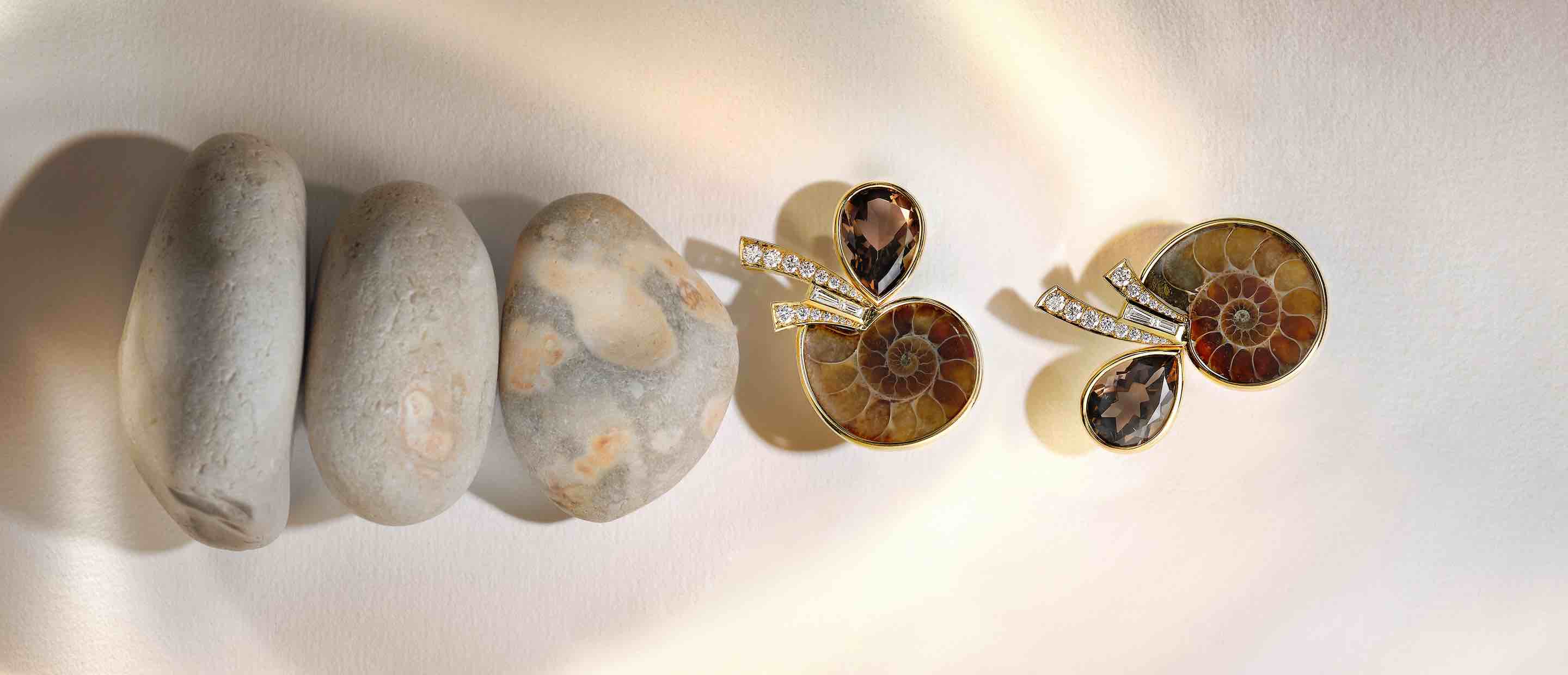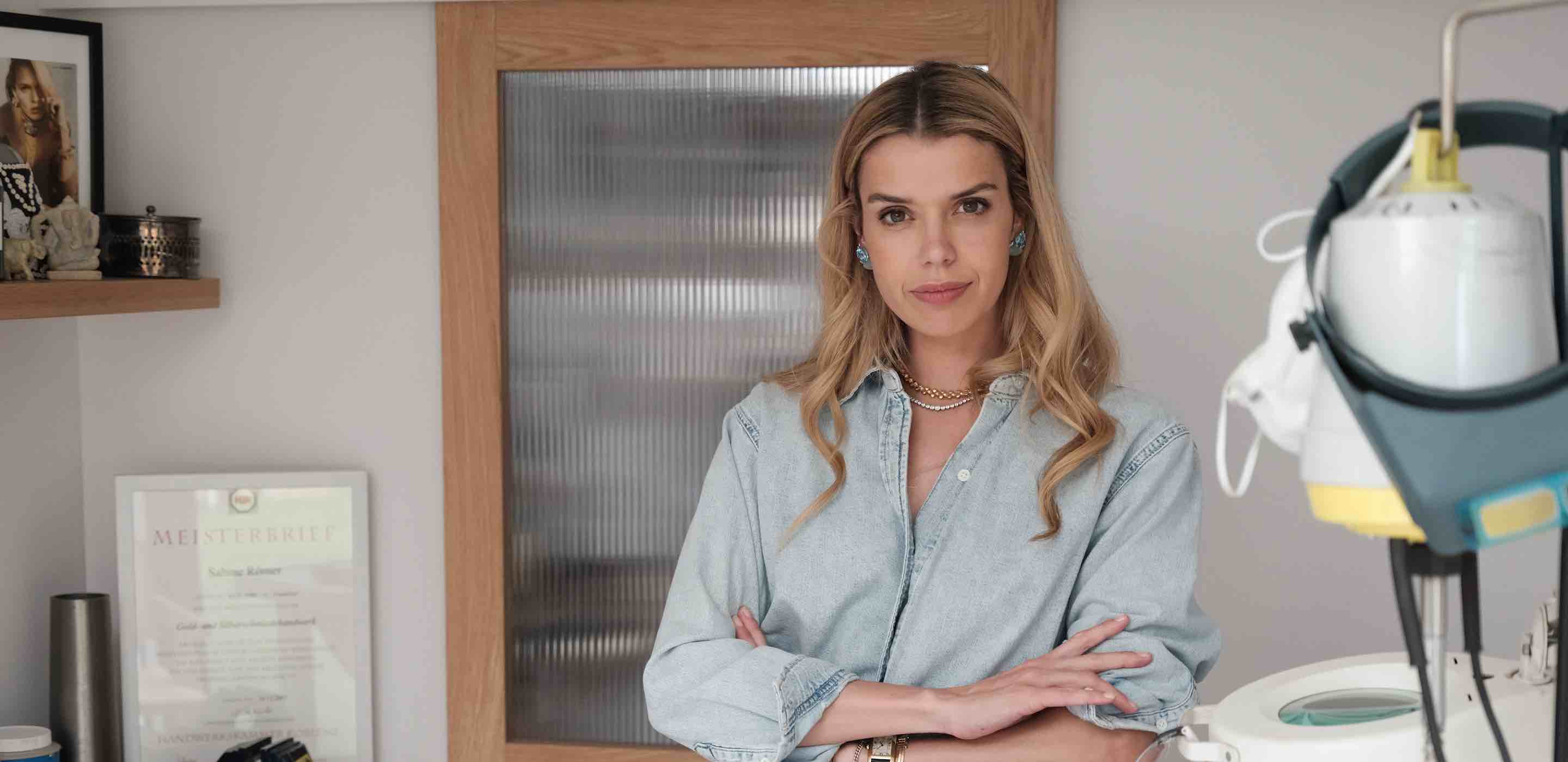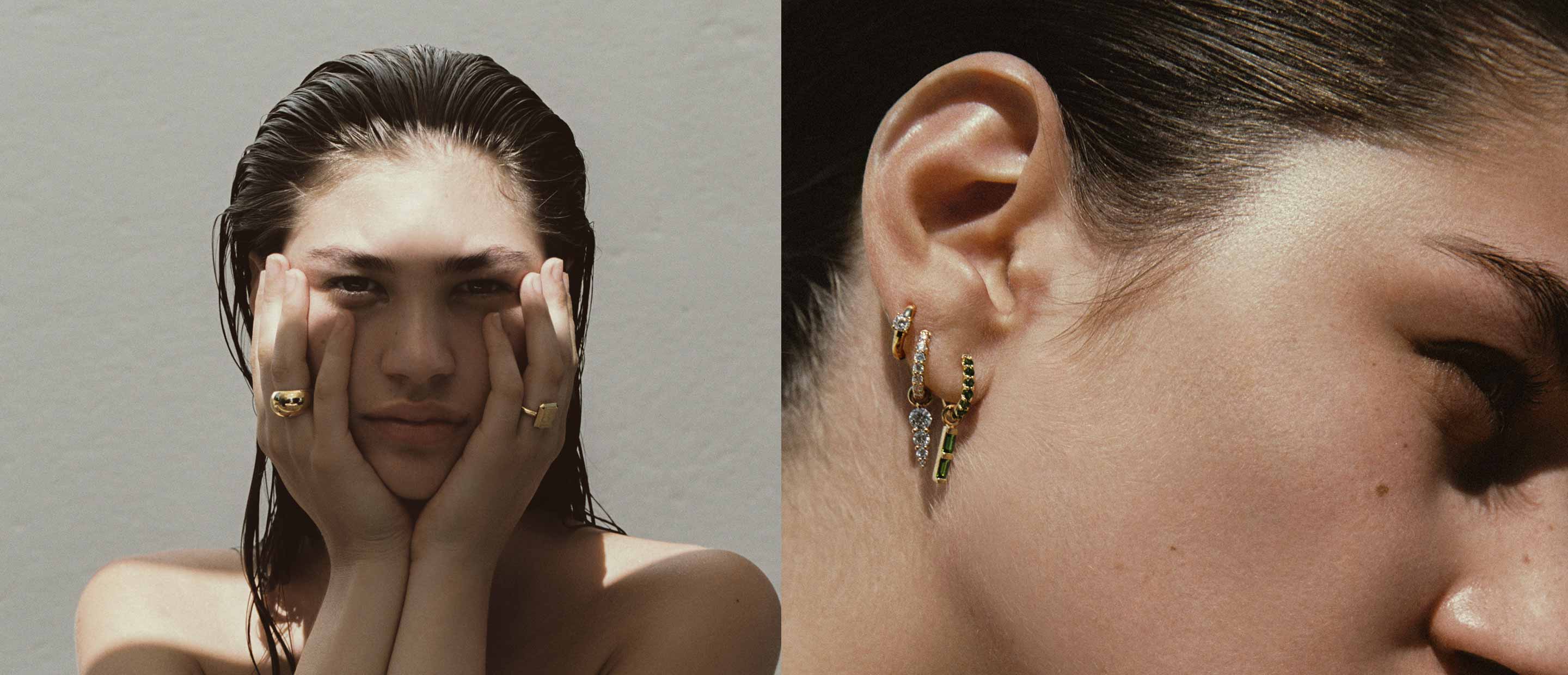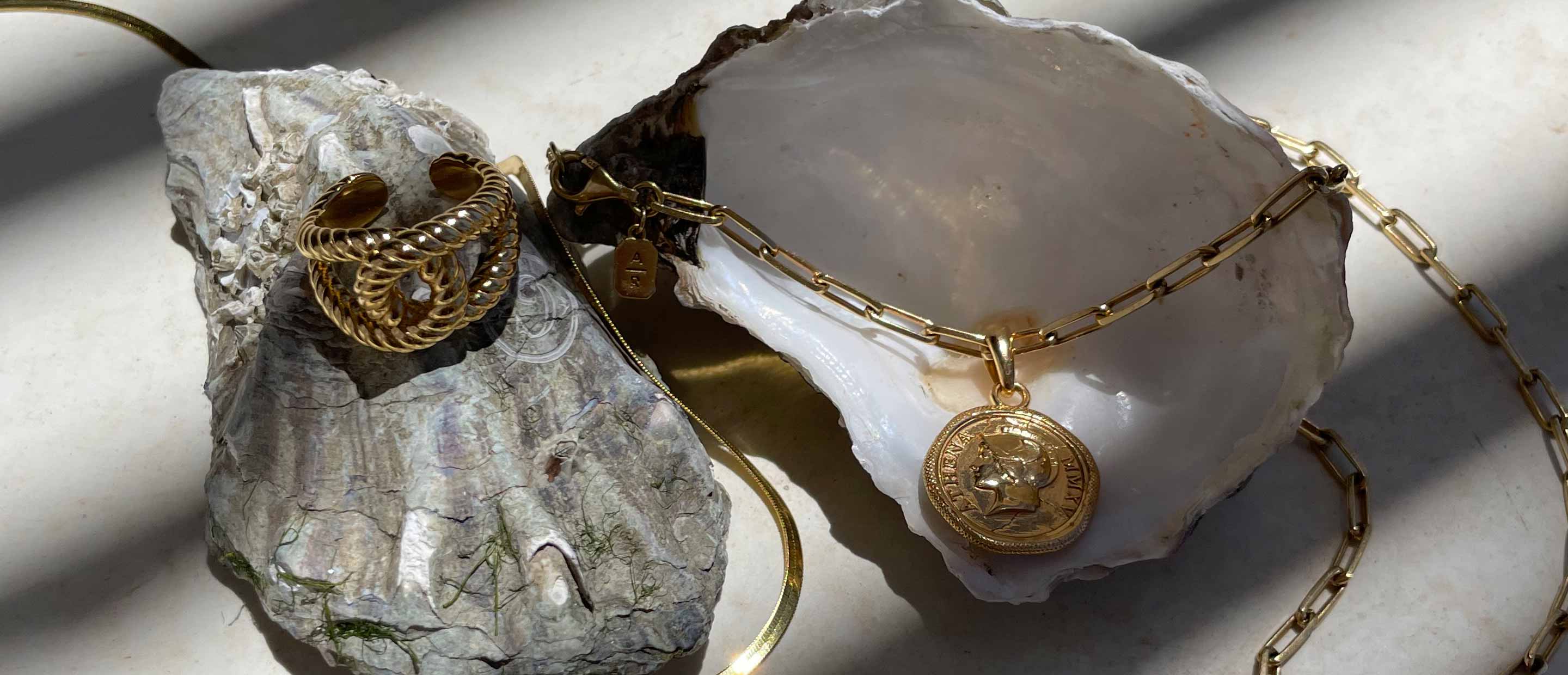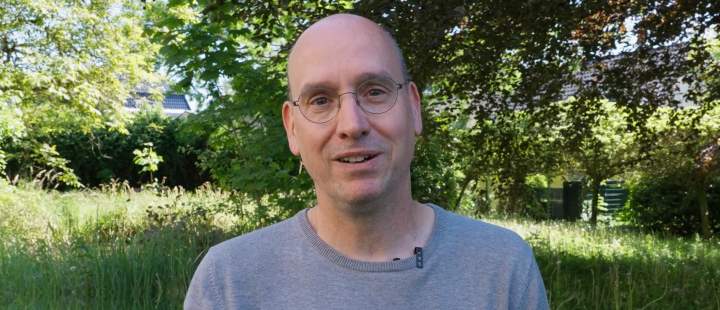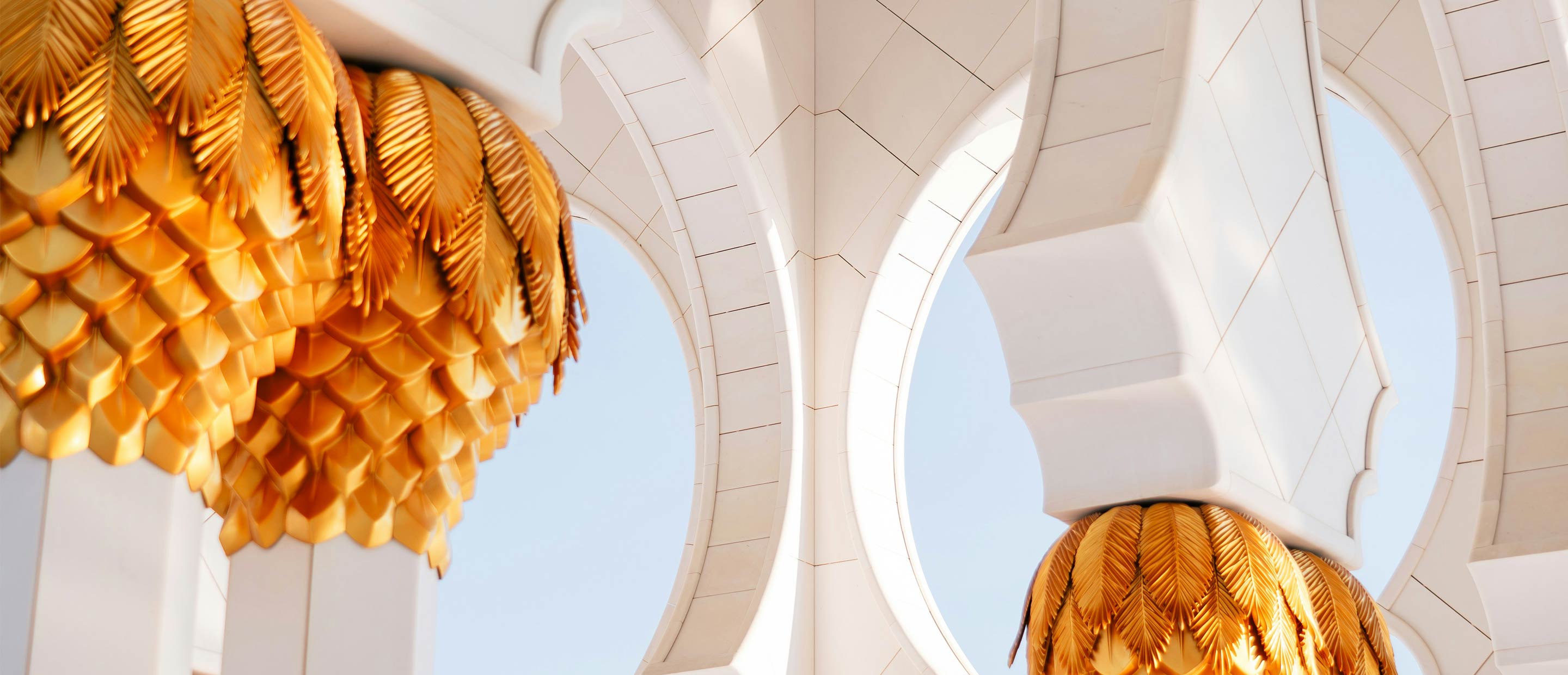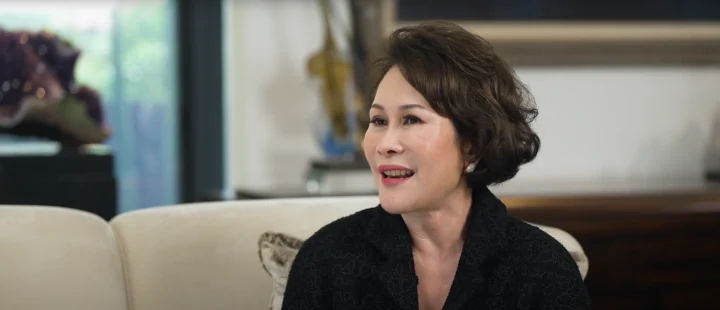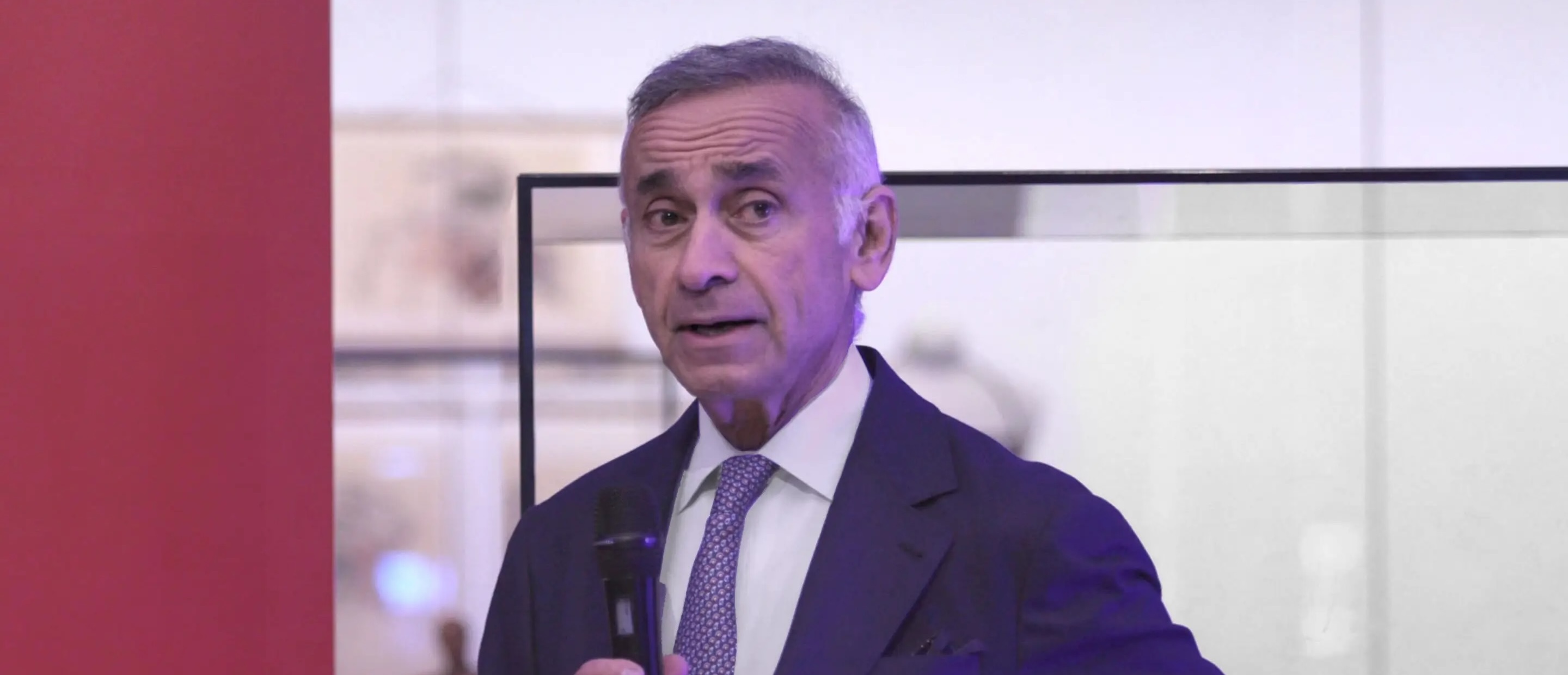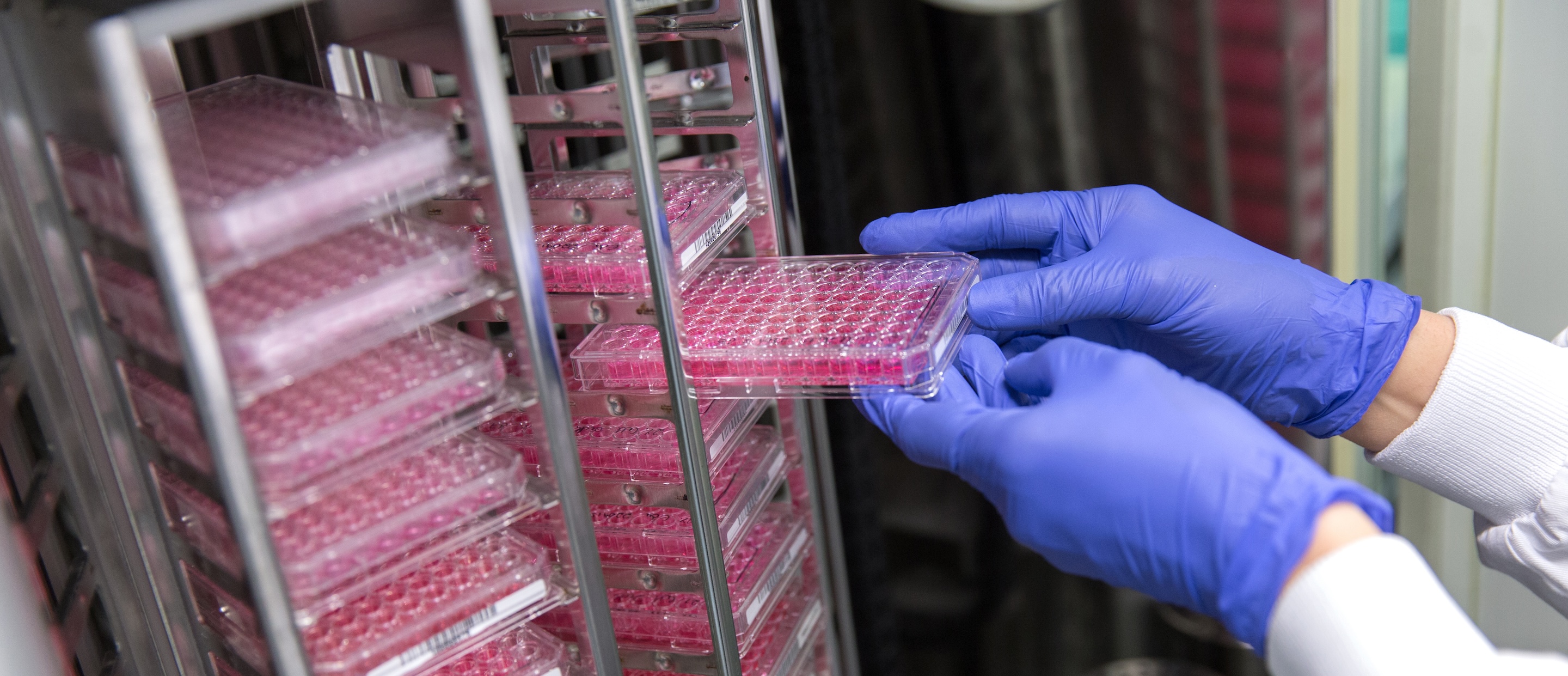A work-experience placement changed Sabine Roemer’s life forever. From making her first piece in a small goldsmith’s workshop aged 15 to designing jewellery for Hollywood royalty, this is her story.
Deutsche Bank: Tell us a little about your business. What’s the elevator pitch?
Sabine Roemer: Creating is my true vocation and the medium I use is metal. I started designing and making jewellery at the age of 15 which led me to becoming the youngest ever female master silver and goldsmith.
After spending years learning and practising skill-sets in different workshops around the world, my journey took me to creating sculptures with Nelson Mandela, launching my first collection in Harrods at the age of 30, collaborating with the Formula 1, making a golden corset for Angelina Jolie, Morgan Freeman wearing my bespoke bangles to the Academy Awards red carpet plus, starting a few years ago, a “ready-to-wear brand” called Atelier Romy – where I wanted to bring the aesthetics and learnings of the very expensive and sought after high-jewellery world into a more streamlined and accessible brand.
What led you to enter the jewellery business and how did you establish yourself as an entrepreneur?
I have always been creative and loved working with my hands – painting, crafting, sculpting, helping my mum around the house (she was a draughtswoman) or making my own clothes with my grandmother. I knew I wanted to be a designer, a maker of some sort. When I went to work for a week for the first time to a local jewellery workshop (Dietmar Kohn) I finished six pieces in five days and knew this was my calling. I fell in love with every single aspect from designing and sketching, sourcing the gemstones, creating moulds and carving the metal into shape to make truly one-of-a-kind pieces.
My boss at the time knew that I would be an entrepreneur as he gave up quite quickly instructing me what to do. When he asked me how I would like to work one day. I said: “I would just like to create my own designs.” I guess it was a bigger statement than I thought back then.
You were recently a special guest at one of Deutsche Bank’s “Shaping Tomorrow” events, where we speak to successful and inspiring entrepreneurial women. What would your advice be for other women who are considering taking on an entrepreneurial challenge?
There are two major approaches to work: career and “calling”. In my case, I’m an artist and feel I never had the choice of doing something different as I see my craft as a true vocation. You follow your heart and instinct which I think is a very different approach to building a career.
Creating a brand and business from scratch, such as Atelier Romy, is a very different story because in the beginning you have to do everything by yourself before you can hire help. You have to wear many hats, learn fast and put the hours in. It’s not easy. I had many moments where I wanted to throw in the towel, but then you don’t and something good happens again – which keeps you going. You will fail, make mistakes and get rejections. But the key is to get up again and just keep going.
What does it mean for you to “shape tomorrow”, and how are you doing it?
For me a big part of “shaping tomorrow” is giving back; trying your best to find new sustainable solutions, finding charity partners, and educating and inspiring the next generation.
As part of this, we have an atelier – or workshop – so you never have to throw anything away: we can fix, remake and reuse everything. Nothing is more sustainable in jewellery than reusing old pieces. And who would want to throw away beautiful jewellery anyway?
Being an entrepreneur at a moment in history that is anything but stable, what have been the biggest challenges in the past few years?
I think it’s still hard to be “equal” in the industry and I still hear: “...cute, what a nice hobby you have” until you show them what you’ve actually accomplished. It’s tiring to constantly prove your position just because you are a woman.
The other challenge is trying to do something different: either as an artist or as a brand. Some mentors I had along the way sometimes left quickly as I wanted to do things my way and not the way "it's always been done". I remember I was 18 when my brother made me my first website, and everyone told us: “you can’t sell jewellery online”.
Being an entrepreneur poses challenges when it comes to separating work and private life. How important is it to find a balance and how did you find it?
Most of my career I was single and built my business day, night and during weekends – and I never took holidays. I pretty much achieved my biggest goals by the age of 30 without a husband or kids in sight.
These days, being married and caring for two daughters, I try my best to carve out more time for myself and my family, but the struggle is real and I had a few health scares along the way, which made me more conscious about making time for myself.
I think women have to learn to put themselves first – their health and career – without feeling guilty. The healthier and more efficient you are, the better it is for your family life. But there is no easy answer. Something always has to give: whether it’s work/career, family, social life or your health. Everyone needs to find their own priorities and rhythm.
As an entrepreneur, what is the most important element you expect when collaborating with financial institutions?
Some financial institutions take pride in supporting artists and their local communities. They also play an important role in commissioning work and showcasing talent across the globe.
I think they play a very important role and I’m truly honoured that Deutsche Bank is giving me this opportunity to present my work – on top it’s a nice bonus as I’m German too.
Goldsmithing is an ancient art rooted in tradition and heritage – tell us more about your passion for this art and the role of women in it.
I truly never thought I would make jewellery: I loved fashion, playing basketball and being a bit of a tomboy growing up in the middle of two brothers. But I had talent with my hands and tools.
The craft made me fall in love with jewellery. How intricately and carefully you have to work without breaking anything in the process: it’s like a small engineering operation. The tradition and depth of the industry is just beyond beautiful. Metal and its artefacts really tell us how we used to live, how we loved and cherished possessions. There is no other materialistic item which tells stories like jewellery and captures those memories and emotions better. It’s like you carry a piece of history!
When I was climbing the ladder and doing more and more difficult jobs on the bench, women got rarer and rarer. They tended to disappear into the design or marketing studios. I’m slowly seeing more girls coming into the industry which I love as they add a feminine touch and softness to the designs which, most of the time, women end up wearing.
You’ve collaborated with several brands and celebrities around the world. What has been your favourite partnership or project so far, and why?
There are so many. The first was obviously meeting and working so closely with Nelson Mandela and creating for many years an annual piece that captured his struggle, origin or story. There was the Oscar moment when Morgan Freeman name-dropped me on the red carpet and wore my bespoke bangle again to the Jay Leno show. Finally, when I was still an apprentice, designing the medals for the European Basketball Championship was incredible as basketball was my life in my youth.
If you could choose to collaborate with someone you still haven’t had the chance to, who would you choose and why?
I would love to create something with and for Lady Gaga. I really respect her as an artist and love her creativity, boldness and music of course. A piece to go into a movie would be amazing. And of course Michael Jordan as he is my teen and ultimate sports idol!
Diamonds, sustainability and ethics. From your point of view, how’s the jewellery industry of 2022 tackling those topics?
Our industry does upcycling reasonably well. I actually turn a lot of old pieces into new ones which is a practice I’ve always offered to my clients. If you don’t wear it, change it so you end up enjoying it again. Recycle and upcycle!
Bigger companies have a much larger footprint and it is important that they understand their impact. I think we must all try to do better – but I don’t think confusing the customer helps. Simplicity is not easy for such a complicated topic but without it, it is quite difficult to get everyone aligned.
I also hope we can focus on more fair trade, clean up after ourselves and be kinder to Mother Nature. After all, it is Mother Nature who creates all these unique materials for us.
Philanthropy is close to your heart and back in 2010 you launched your own project, From You With Love. What’s the impact that you were able to generate? Do you have any ongoing or upcoming activities you’d like to present?
It was one of those life-changing moments. We got stuck in a natural disaster in India and wondered every second whether we would get out alive. We did, but the local community was impacted quite badly. Afterwards we started a project sponsoring kids who lost their parents in the disaster or couldn’t afford school fees anymore. We also helped girls get education as sadly they don’t really allow girls to go to schools in that part of the world.
We had a collaboration with TOMS shoes back then and raised a lot of money which we used to start building a new school. We are currently trying to get girls admitted to a boys-only school – the only school in the area – which will re-shape the local community for the better. You can find out more about From You With Love here.
I supported many projects over the years: from giving scholarships for education, wildlife conservations around the world, saving animals or supporting female health charities. I always try to help as much as I can – locally and on a bigger scale. I believe giving back is the biggest gift there is.
What is next?
Obviously more of what I already do and love, but it would be amazing to be able to build the school for girls in India that we are trying to commission. On the artistic side I would love to challenge myself again and showcase my work on a bigger scale: sculptures, paintings and let’s see where this creative road takes me.
This interview with Sabine Roemer forms part of Deutsche Bank Wealth Management’s “Shaping Tomorrow” series profiling women entrepreneurs.
